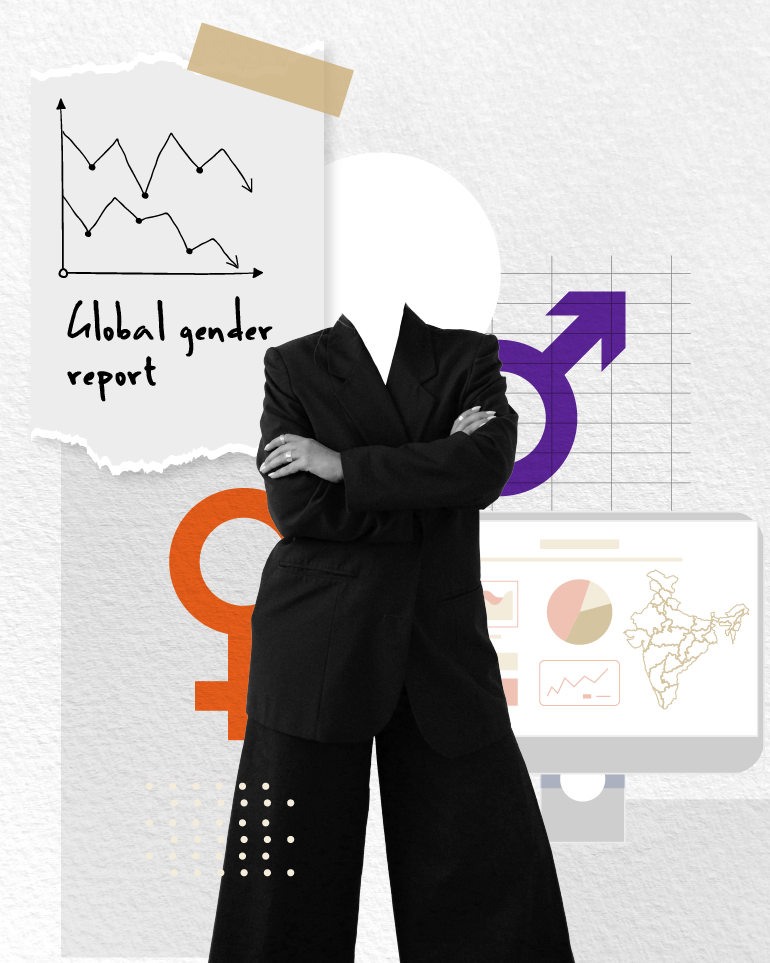The World Economic Forum (WEF) released the Global Gender Report 2022 on Wednesday, and India is doing poorly. As per the report, India ranks 135 out of 146 countries in the Global Gender Gap Index.
Gender Gap Index ranks countries on the basis of a Gender Score which is a measure of the distance covered by a given country to conquer gender disparity. As per the 0-1 scale, the countries that are closer to bridging gender gaps will lie close to 1, while the ones doing poorly will be near 0. India scored 0.629 on the Index, which means we’re 62.9% closer to parity. But these figures are better only in regard to the last year.
As per the present report, it will take India 132 years to bridge the gap, which is four years less than what was indicated in 2021’s numbers. Before we celebrate, we have to take cognisance of the 2020 report which indicated that parity will be attained in no more than 100 years.
Safe to say, India is only doing better than countries like Pakistan (145) and Afghanistan (146), while our neighbours with greater gendered segregation are holding up – Saudi Arabia staggered at 127, Bhutan at 126, and Sri Lanka at 110.
The big 4: How Gender Gap Index is determined
The Gender Gap Index measures gender gap through 4 sub-indices: economic participation and opportunities, educational attainment, health and survival, and political empowerment. According to the 16th edition of the annual publication that first came out in 2006, India ranks 146 in health and survival, which is the lowest of all countries. Political empowerment is our best score, with a below-average rank of 48.
What is surprising though, is that India’s gender gap in economic participation and opportunities (which is an indicator of employment and women’s participation in the workplace) hasn’t shifted much in the last 16 years. We went from 0.39 in 20016 to 0.35 in 2022.
While data might suggest that India has done better in this parameter in regards to the previous year, the reality might be a little different. Labour participation by both men and women reduced by 9.5% and 3% respectively, thus bridging the gap a little more closely this year. Since men are participating a lot less now, the gap is getting reduced.
To get an up and closer look at the situation, the top 10 countries in the survey were able to curb the gap by up to 80%. Iceland holds the 1st rank worldwide with an impressive score of 0.908.
India’s ranking on the global scale has been unsurprisingly bad. From health and education to employment and safety, the country has struggled to perform effectively. But when a country is close to being in shambles, its women are the ones bearing the brunt on both sides of the sword. They are curbed to lesser opportunities, with their basic survival needs being questioned every day.
Imagine being a woman in a country that ranks the lowest in terms of opportunities, and still being told “Inequality does not exist”.
You’re invited! Join the Kool Kanya women-only career Community where you can network, ask questions, share your opinions, collaborate on projects, and discover new opportunities.Join now.






